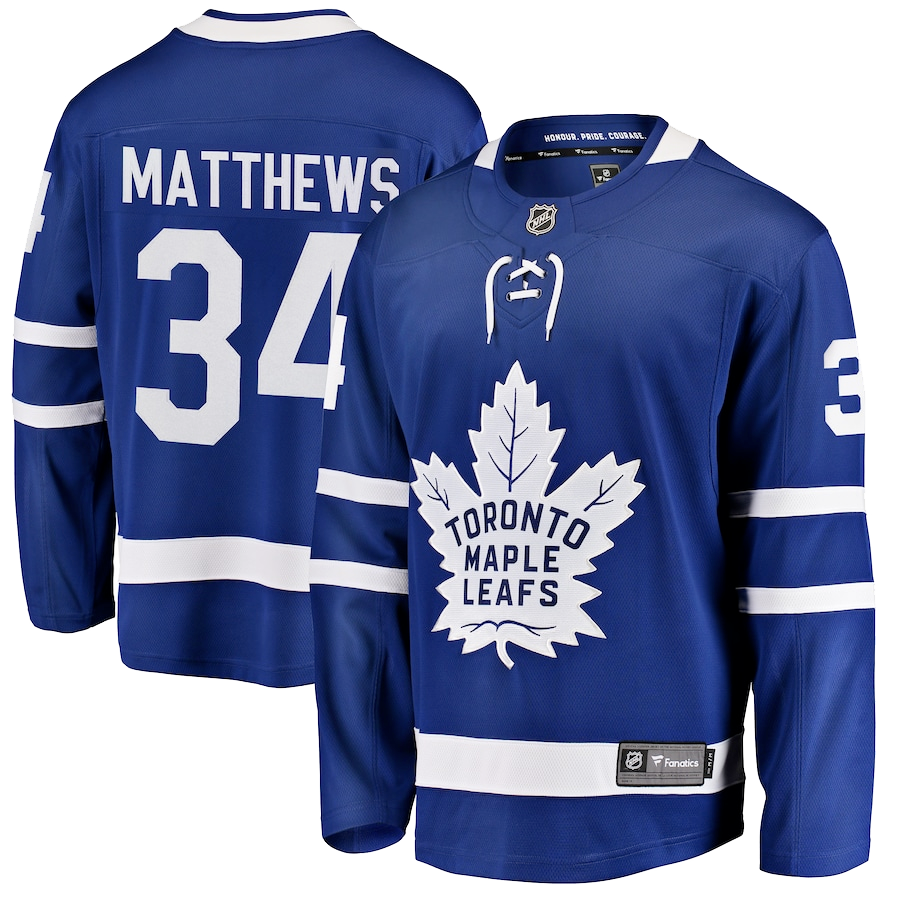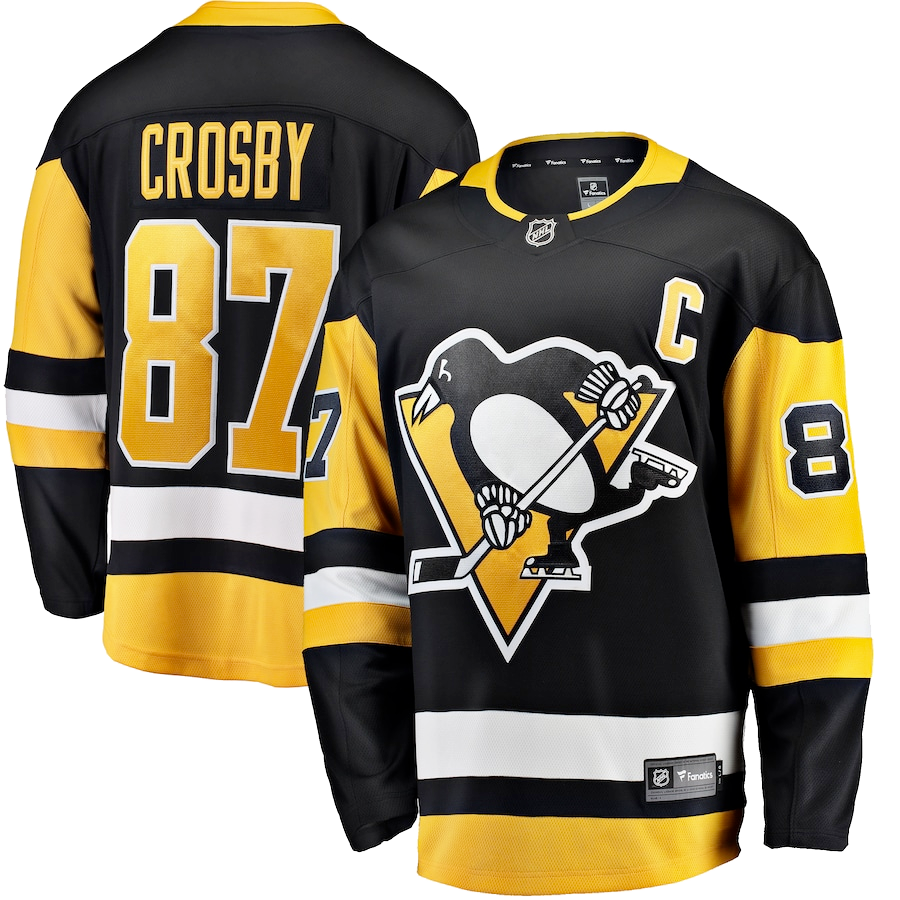The perception of the New York Rangers around the NHL during the late 1950’s to early 60’s was that the franchise wasn’t serious about improving. For many years it seemed that there was no real commitment to winning or to acquiring the kind of players that could take the team to the next level, that of being competitive every year instead of just once or twice every decade. Management’s philosophy seemed to be – make a trade, change a few faces and hope for the best. The front office was also determined to keep the payroll low and the players in line. If a player was due for a raise or had too much to say, they were usually shipped off. Because of that many of the better players in the league didn’t want to come to New York. Case in point was the February 1960 deal that had the Blueshirts acquiring perennial NHL All-Star Red Kelly, a trade that in essence never happened.
Leonard “Red” Kelly was an elite hockey player. In almost 13 years with the Detroit Red Wings, Kelly had scored 162 goals with 310 assists, won four Stanley Cups, the Norris Trophy as the league’s top defenseman, three Lady Byng Trophy’s and had been named to the NHL All-Star team eight times.
But when the Red Wings failed to make the playoffs in 1958-59 for the first time in 20 years Detroit GM Jack Adams was looking for any excuse to clean house. Kelly, 31, had experienced an off year, being hampered for half the season by a broken ankle which was kept hidden from the press by Adams. The Red Wing GM even asked Kelly to resume playing a week after being put in a cast. Kelly reluctantly agreed and played the remainder of the season with his ankle heavily taped from the instep to the knee which hampered his mobility and effectiveness. As a result his production dropped 10 points from the previous year leading many to wonder if Red’s best days were behind him.
Frustrated by the talk that he was washed up, Kelly mentioned the injury to reporter Trent Frayne, who broke the story about Red’s fractured ankle in a magazine article. When questioned about the injury, Adams denied the story saying Kelly had suffered a bone bruise. But shortly thereafter on February 5, 1960, following a 4-1 loss to the Rangers, Adams called Kelly into his office and told him that he had been traded to New York.
The deal was supposed to be Kelly and forward Billy McNeill going to the Rangers in exchange for winger Eddie Shack and veteran defenseman Bill Gadsby. But it wasn’t that easy. When Adams told Kelly that he had been traded, Red’s response was a terse “I’ll think about it”. Kelly was a smart man who knew he had other options. He owned a bowling alley in his hometown of Simcoe, Ontario and also worked as a salesman for a tool company in the off-season. He went home, talked it over with his wife, Andra, who was pregnant at the time and announced his retirement the next day.
Now remember this was long before no-trade clauses and the dissolution of the reserve clause which bound a player to the team that signed them until they died, retired or were traded. Players had few rights and were at the mercy of team management. They usually did what they were told. Kelly, however, was serious. He was insulted and angry that after missing only 24 games in his 12 ½ years with Detroit and playing half a season on a broken ankle, that Adams would lie about his injury even when the fans and press began wondering if he was over the hill. Kelly called Patrick to apologize, saying that it wasn’t about him not wanting to come to the Rangers, but apparently it was, at least partially. In addition to being upset at the way he had been treated by Detroit, he was not happy about being traded to a last place team that had no chance of overtaking the Red Wings for a playoff spot.
Billy McNeill, 24, also refused to report to the Rangers, citing his wife’s recent death and having a young daughter to tend to. Both players were suspended by the Red Wings. NHL President Clarence Campbell stepped in and tried to get Kelly to reconsider, but finally was forced to void the deal.
Both Adams and Ranger GM Muzz Patrick were disappointed that the deal fell through. Adams said that both players were “through as far as we’re concerned”. Patrick was more prophetic when he told reporters, “Both boys told me they were quitting and I know they mean business. My two players were willing to do what they were told. It’s a bad thing for the league when players start telling owners where and when they want to be traded.”
Shack and Gadsby were also disappointed that the deal didn’t work out. “I was pretty happy about going to a third place team and then the roof fell in”, said Shack, 23, who had differences with Blueshirt management. “I don’t like it in New York but I guess I’ll just have to put up with it.” Gadsby, 32, who had only been to the playoffs four times after seven years with the Rangers and nine with the Black Hawks, was also disappointed but was more pragmatic about his fate. “I liked the idea of going to Detroit. They’ve got a good chance of getting into the playoffs, and it would mean more money. But I don’t give a damn where I play as long as it’s in the NHL.”
A few days later, Toronto GM and Coach George ”Punch” Imlach had his assistant GM King Clancy call Kelly to see if he would be willing to play for the Maple Leafs. Following a clandestine meeting between the parties, a trade was arranged that sent defenseman Marc Reaume to the Red Wings for Kelly, who gladly unretired and won four more Stanley Cups and another Lady Byng award with Toronto. He became a Member of Parliament in 1962 and went on to become the first coach of the expansion L.A. Kings in 1967. He also coached the Pittsburgh Penguins as well as the Maple Leafs and was elected to the Hockey Hall of Fame in 1969.
McNeil was claimed by the Rangers in the Intra-League draft that June but later sold back to Detroit for cash in January of 1961 without ever playing a game for the Blueshirts.
Eventually Eddie “Clear the Track” Shack was traded to Toronto for Pat Hannigan and Johnny Wilson in November 1960 and won four Stanley Cups while with the Leafs. “Eddie the Entertainer” also played for the Boston Bruins, L.A. Kings and Buffalo Sabres before winding up his playing career with the Maple Leafs in 1975.
Gadsby was subsequently dealt to Detroit for minor leaguer Les Hunt in June of 1961. Hunt never played a game for the Rangers, or in the NHL for that matter. Of the three principals in the original deal, Gadsby was the only one who played his entire career without being on a Stanley Cup winning team. At the time of his retirement he was the league’s leading scorer among defensemen with 568 points. He went on the coach the Red Wings and was elected into the Hockey Hall of Fame in 1970.
Not surprisingly, the big winner in all the wheeling and dealing was Toronto who with Kelly and Shack in the lineup won four Stanley Cups over the next seven years. Jack Adams retained his position of power in Detroit for two more seasons but the Red Wings would not return to prominence until the 1990’s. The Rangers would go on to qualify for the playoffs only once in the next seven seasons and would not become respected, consistent contenders until Emile Francis took over the club in 1964.








